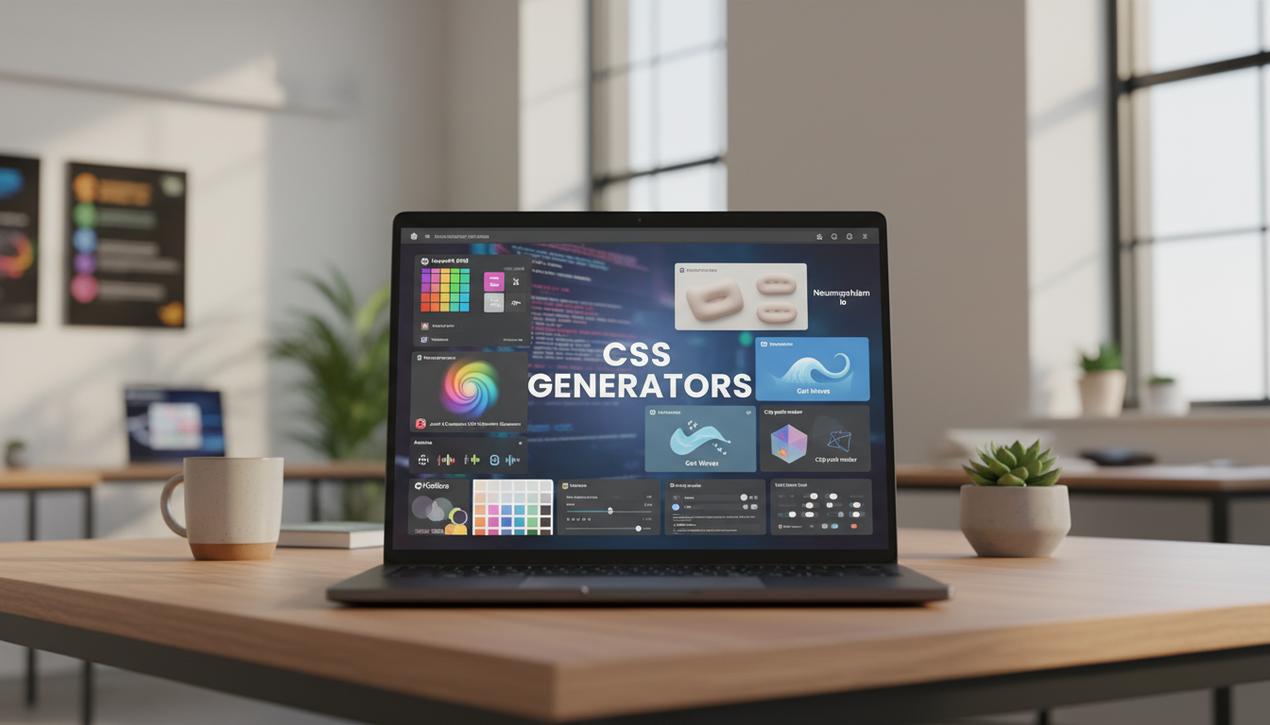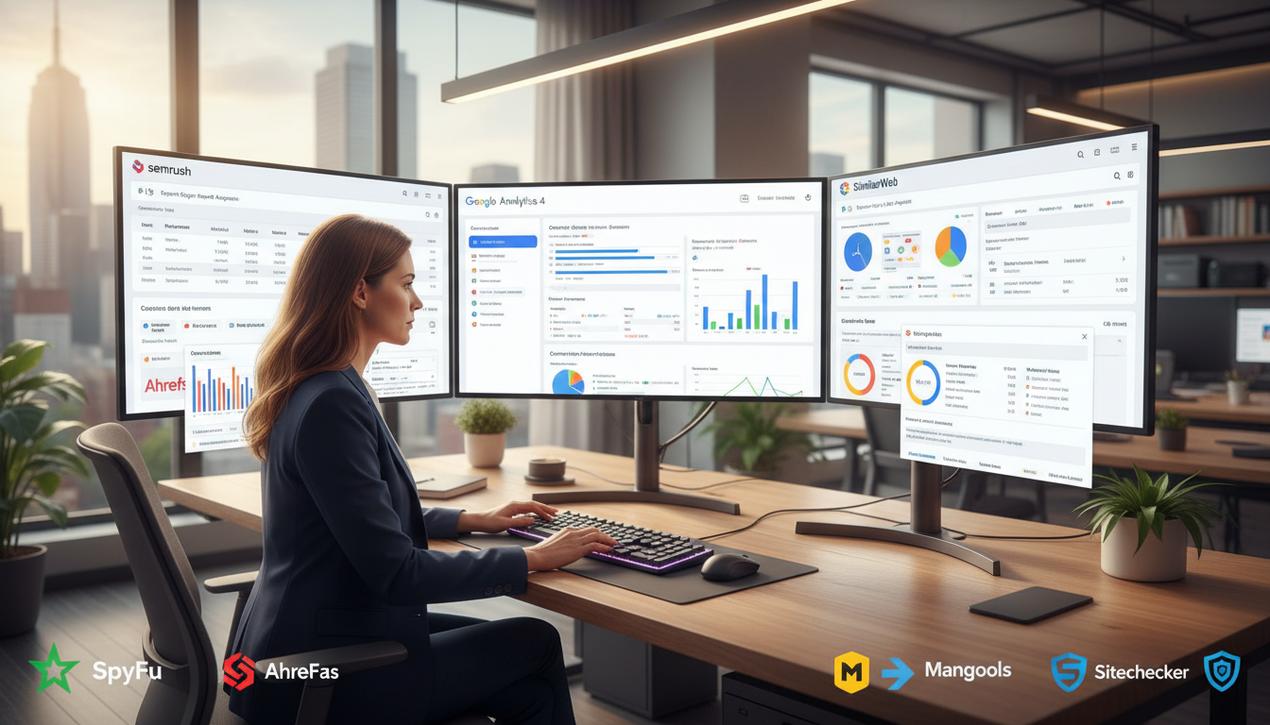The Complete Guide to SWOT Analysis for 2025


In a constantly shifting economic landscape, strategic planning is no longer an option but a vital necessity for any business aiming to survive and thrive. At the heart of this process lies a tool that is both simple and incredibly effective: the SWOT analysis. Although developed in the 1960s, its relevance remains undiminished. In 2025, over 80% of strategy consultants and management teams report using it regularly as a cornerstone of their planning. This framework enables a comprehensive audit by evaluating the internal and external factors influencing a project, product, or entire organization. Its simple acronym—Strengths, Weaknesses, Opportunities, Threats—hides an analytical depth capable of revealing untapped growth avenues and anticipating future challenges. Far from being a mere academic exercise, a well-conducted SWOT analysis is a strategic compass. It transforms raw data into actionable intelligence, essential for building a solid business plan, refining a marketing strategy, or pivoting in response to new market realities. This complete guide will walk you through mastering this tool, from gathering information to implementing concrete strategies.
What Exactly Is a SWOT Matrix?
The SWOT matrix is a strategic analysis framework that helps organizations identify their competitive advantages and the challenges they face. It is divided into two main axes that holistically map a company’s current situation.
The Internal Axis: What You Control
The first half of the analysis focuses on internal factors—elements over which the company has direct control. This is a diagnosis of your own capabilities and resources.
- Strengths: These are the assets and positive attributes of your organization that give it an edge over others. They can include a strong brand, proprietary technology, a talented team, or a loyal customer base.
- Weaknesses: These are the internal aspects that put your company at a disadvantage compared to the competition. This might involve a lack of capital, inefficient processes, low brand awareness, or technological gaps.
The External Axis: What You Face
The second half examines the external environment—factors beyond the company’s direct control that have a significant impact on its operations. This is the analysis of your ecosystem.
- Opportunities: These are external elements that your organization could exploit to its advantage. Think of a new technology, a regulatory change, a shift in consumer behavior, or a competitor’s stumble.
- Threats: These are external factors that could harm your company’s performance or survival. Examples include new competitors, an economic downturn, disruptive technological shifts, or changes in customer expectations.
How to Conduct an Effective Internal Diagnosis
The internal analysis is often the most challenging part because it requires complete objectivity. It involves looking at your company in the mirror, without bias, to assess what works and what needs improvement.
Identifying Your True Strengths
Strengths are the pillars upon which you will build your strategy. To identify them, don’t settle for a superficial list. Ask yourself specific questions:
- Competitive Advantage: What is our “superpower”? What do we do better than anyone else in our market?
- Resources: What are our most valuable assets? (Patents, customer databases, technical expertise, financial capital).
- Human Capital: Do we have talent or a company culture that sets us apart?
- Performance: What key performance indicators (KPIs) demonstrate our success? This can be measured with website traffic analysis tools.
Examples of Strengths: Strong brand recognition, an optimized supply chain, a culture of innovation, a solid patent portfolio, excellent customer satisfaction scores.
Acknowledging Weaknesses Honestly
Admitting your weaknesses is the first step to overcoming them. An honest assessment is crucial. Questions to ask include:
- Gaps: Where do we lack resources or expertise?
- Competition: In what areas do our competitors outperform us?
- Processes: Are there bottlenecks or inefficiencies in our operations?
- Customer Feedback: What are the most common complaints or criticisms from our customers?
Examples of Weaknesses: High debt, over-reliance on a single supplier, aging technology, a lack of digital marketing skills, a poor online reputation.
How to Analyze the External Environment
Success depends not only on your internal capabilities but also on your ability to navigate your environment. This external analysis helps you stay agile and relevant by staying on top of the latest marketing trends for 2025.
Detecting and Seizing Opportunities
Opportunities are doors opened by the market. Identifying them in time can provide a decisive advantage. Current trends in 2025 offer numerous avenues:
- Technological Trends: Can artificial intelligence, automation, or blockchain optimize our services or create new products?
- Market Shifts: Are there new customer segments to reach? Are consumer habits changing in our favor (e.g., sustainability)?
- Regulatory Changes: Can a new law or deregulation create an opening for our business?
- Economic Conditions: Are government grants, lower interest rates, or new accessible international markets available?
Examples of Opportunities: The growth of e-commerce for a retail business, increasing demand for sustainable products, the opening of an international market.
Anticipating and Neutralizing Threats
Ignoring threats can be fatal. Constant strategic monitoring is necessary to identify them before they become crises.
- Competition: Is a new player entering the market? Is a direct competitor launching a major innovation?
- Economic Factors: Could a recession, inflation, or rising raw material costs impact our margins?
- Technological Risks: Is cybersecurity a threat? Could our business model be disrupted by a new technology?
- Social Changes: Could a shift in public opinion or ethical expectations affect our brand image?
Examples of Threats: The arrival of a low-cost competitor, new restrictive environmental regulations, dependence on a platform that changes its algorithms (e.g., Google, Facebook).
From SWOT Analysis to Strategy: The TOWS Matrix
A common mistake is to stop after filling out the four SWOT quadrants. The tool’s true value lies in its ability to generate concrete strategies. This is the role of the TOWS Matrix, which cross-references internal and external factors to define action plans.
- SO Strategy (Strengths-Opportunities): This is the “attack” strategy. How can we use our strengths to capitalize on identified opportunities? This often requires using creativity methods to drive innovation. Example: Use our strong brand (Strength) to launch a new product in a growing market (Opportunity).
- WO Strategy (Weaknesses-Opportunities): This is the “development” strategy. How can we leverage opportunities to correct our weaknesses? Example: Take advantage of available online training (Opportunity) to fill our digital marketing skills gap (Weakness).
- ST Strategy (Strengths-Threats): This is the “defense” strategy. How can we mobilize our strengths to protect ourselves from threats? Example: Rely on our loyal customer base (Strength) to counter a price war from a new competitor (Threat).
- WT Strategy (Weaknesses-Threats): This is the “survival” strategy. How can we minimize our weaknesses and avoid threats? This often involves restructuring, forming an alliance, or exiting a market. Example: Discontinue our unprofitable product lines (Weakness) in the face of declining consumer purchasing power (Threat).
Common Mistakes to Avoid for a Relevant SWOT Analysis
To ensure your analysis is a true decision-making tool, avoid these common pitfalls:
- Lacking Objectivity: Do not let internal biases embellish strengths or downplay weaknesses. Involve different teams for a 360-degree view.
- Being Too Vague: A point like “good employees” is useless. Instead, use “highly skilled engineering team with expertise in AI.” Be specific and quantify where possible.
- Failing to Prioritize: A list of 20 strengths and 20 threats is unmanageable. Identify the top 3-5 most critical points in each category.
- Confusing Internal and External Factors: A classic error is placing a “competitor” under weaknesses. A competitor is a threat (external), whereas your “inability to compete on price” is a weakness (internal).
- Forgetting Action: The SWOT is not an end in itself. Without transitioning to the TOWS matrix and a clear action plan with responsibilities and deadlines, the exercise remains sterile.
When conducted with rigor and honesty, the SWOT analysis transcends its apparent simplicity to become a powerful catalyst for change. In 2025, where agility is key, it should not be a static document created once a year. It must become a dynamic tool, revisited regularly to adapt to new information and changes in the ecosystem. By systematically moving from analysis to action through clear strategies, you transform a simple matrix into a roadmap for sustainable growth and increased resilience against the challenges of tomorrow.




